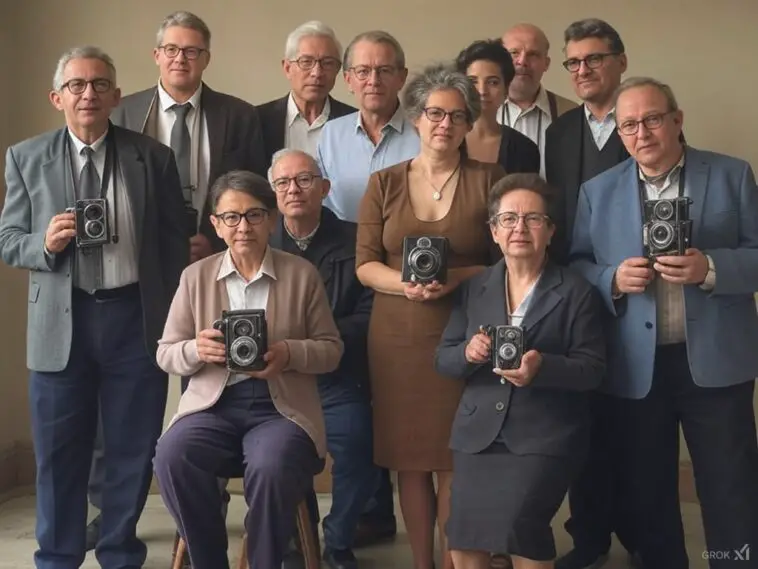Photography has the power to shape history, define culture, and evoke deep emotions. Some photographers have gone beyond simply capturing moments; they have redefined the medium itself.
Below is a list of the ten most famous photographers in history, their contributions to photography, and their most renowned works.
1. Ansel Adams (1902-1984)
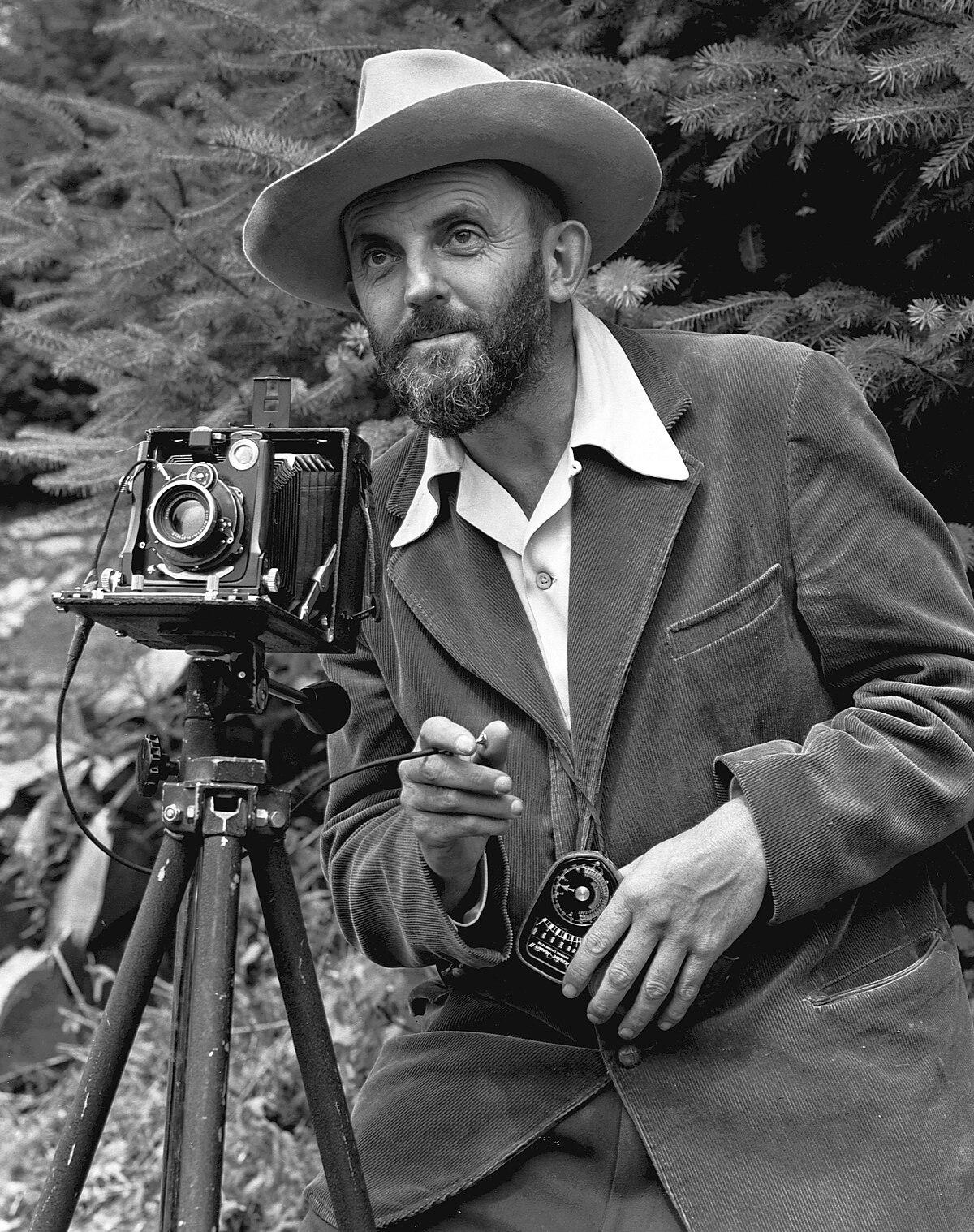
Legacy:
Ansel Adams was a pioneering landscape photographer and environmentalist known for his breathtaking black-and-white images of the American West, particularly Yosemite National Park. His work played a crucial role in promoting the conservation of natural landscapes, and he was instrumental in the establishment of numerous national parks.
Adams co-developed the Zone System, a revolutionary technique that provided photographers with greater control over exposure and contrast, ensuring perfectly balanced images. His photographs, often characterized by dramatic lighting and sharp details, remain some of the most striking and technically accomplished landscape images ever produced.
Most Famous Photo:

Moonrise, Hernandez, New Mexico (1941) – One of Adams’ most celebrated works, this photo captures a moon rising over a small village in New Mexico, with snow-capped mountains in the background. The interplay of light and shadow makes it a masterpiece of photographic composition.
35 Rare Photographs Capturing Significant Moments In History
2. Henri Cartier-Bresson (1908-2004)

Legacy:
Henri Cartier-Bresson is considered the father of modern photojournalism. He revolutionized documentary photography with his philosophy of “The Decisive Moment,” a concept that emphasizes capturing a fleeting instant that tells an entire story. Cartier-Bresson was a master of composition and timing, using his Leica camera to document candid moments that revealed deep human emotions and societal conditions.
He co-founded Magnum Photos, one of the world’s most prestigious photography agencies, which provided a platform for generations of photojournalists. His influence extends beyond photography into visual storytelling, making his work foundational for documentary and street photography.
Most Famous Photo:

Behind the Gare Saint-Lazare (1932) – This photograph epitomizes “The Decisive Moment.” It features a man mid-jump over a puddle, creating a perfect, almost surreal reflection, frozen in time.
3. Dorothea Lange (1895-1965)

Legacy:
Dorothea Lange was a groundbreaking documentary photographer and photojournalist whose work focused on social issues, particularly during the Great Depression. Commissioned by the Farm Security Administration, she captured haunting images of displaced families and struggling workers, shedding light on the human impact of economic hardship.
Her photography was instrumental in raising public awareness and influencing government policies. Later, Lange documented Japanese American internment camps during World War II, further emphasizing her commitment to using photography as a means of social change.
Most Famous Photo:

Migrant Mother (1936) – This haunting image of a desperate mother with her children embodies the hardships of the Great Depression. It remains one of the most iconic documentary photographs in history.
4. Robert Capa (1913-1954)

Legacy:
Robert Capa was one of the most renowned war photographers of the 20th century, covering five major conflicts, including the Spanish Civil War and World War II. His fearless approach to war photography set new standards in the field. Capa’s work was raw, immersive, and intensely human, bringing the realities of war to the forefront of public consciousness.
He co-founded Magnum Photos, a cooperative agency that championed the importance of independent photojournalism. His famous quote, “If your pictures aren’t good enough, you aren’t close enough,” encapsulates his daring approach to capturing conflict.
Most Famous Photo:

The Falling Soldier (1936) – Taken during the Spanish Civil War, this powerful image captures a soldier at the moment of his death, illustrating the brutal reality of war.
5. Annie Leibovitz (1949-Present)

Legacy:
Annie Leibovitz is one of the most influential portrait photographers of contemporary times. She first gained recognition as the chief photographer for Rolling Stone magazine, where she developed a distinctive style characterized by its intimacy and cinematic quality. Her later work with Vanity Fair and Vogue further established her as a master of staged and conceptual portraits.
Leibovitz’s ability to capture the essence of her subjects—often celebrities, political figures, and cultural icons—has made her a household name in photography. Her pioneering use of lighting, staging, and storytelling in portrait photography continues to shape modern visual culture.
Most Famous Photo:

John Lennon and Yoko Ono (1980) – This striking image, taken just hours before Lennon’s assassination, features a naked Lennon curled around a clothed Yoko Ono, symbolizing their deep connection.
37 Wedding Photo Fails You Have to See to Believe
6. Richard Avedon (1923-2004)

Legacy:
Richard Avedon was a revolutionary fashion photographer who transformed the industry with his minimalist, high-contrast portrait style. Working with Harper’s Bazaar, Vogue, and The New Yorker, he developed a reputation for capturing raw human emotions in both fashion and documentary photography. Avedon’s stark, white-background portraits stripped away distractions, allowing subjects’ expressions to take center stage. His series “In the American West” showcased everyday people in an unfiltered, powerful manner, proving his ability to bring out the essence of his subjects.
Most Famous Photo:

Dovima with Elephants (1955) – This elegant fashion photograph juxtaposes a poised model with towering circus elephants, creating a stark contrast between grace and raw power.
7. Margaret Bourke-White (1904-1971)

Legacy:
Margaret Bourke-White was a trailblazing photojournalist, known for breaking gender barriers in the field of photography. She was the first female war correspondent and the first female photographer for Life magazine.
Her work ranged from documenting the Great Depression to capturing the horrors of World War II. She was also the first foreign photographer allowed to take pictures of the Soviet Union during the 1930s, further cementing her reputation as a fearless and groundbreaking journalist.
Most Famous Photo:

Gandhi at His Spinning Wheel (1946) – This image of Mahatma Gandhi sitting cross-legged beside his spinning wheel has become an enduring symbol of India’s independence movement.
8. Edward Weston (1886-1958)

Legacy:
Edward Weston was a pioneer of modernist photography, known for his meticulously composed images of natural forms, including shells, peppers, and sand dunes. His ability to transform everyday objects into abstract, almost sculptural compositions set him apart.
As a co-founder of Group f/64, he championed sharp-focus, large-format photography that emphasized clarity and detail. His work had a profound influence on both fine art and commercial photography.
Most Famous Photo:
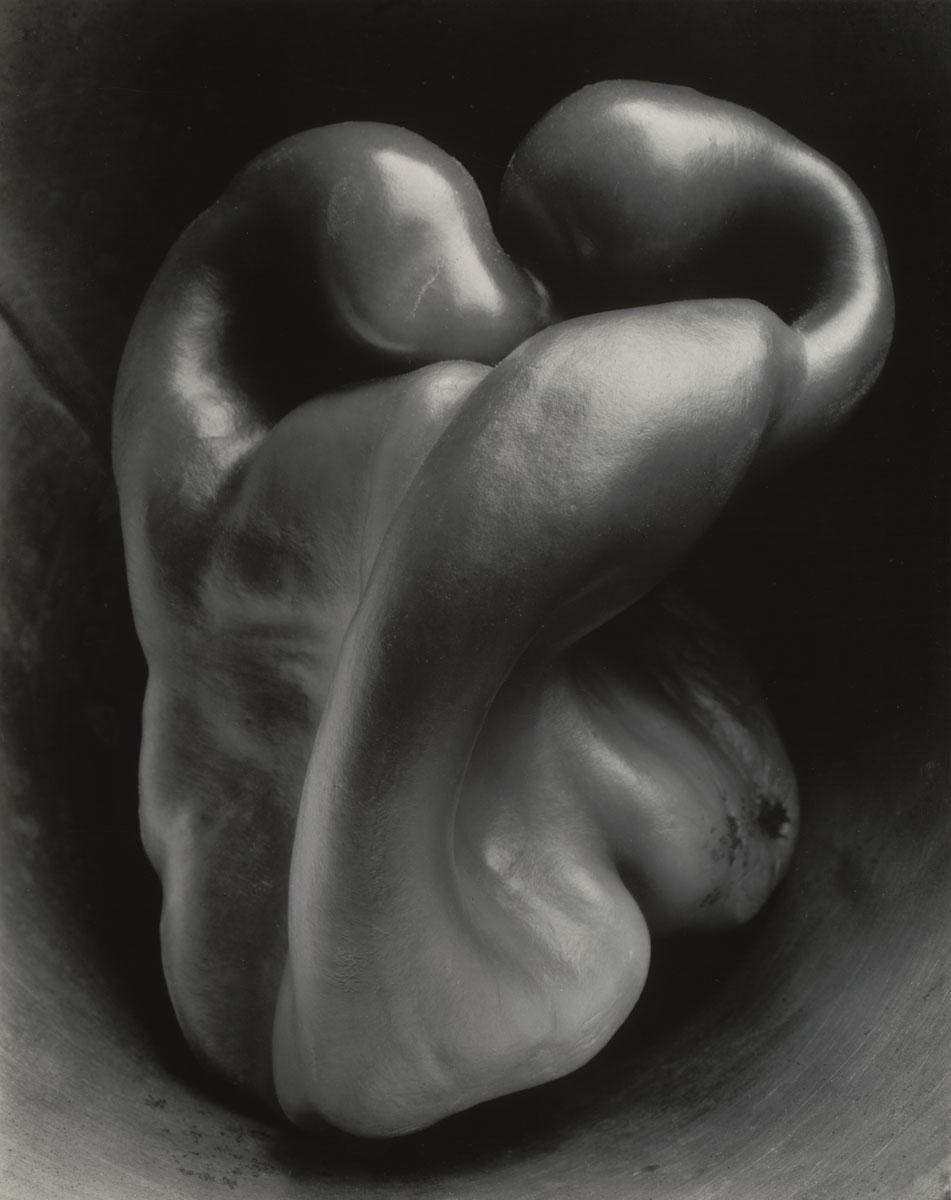
Pepper No. 30 (1930) – This simple yet mesmerizing image of a pepper highlights Weston’s mastery of light, texture, and form.
35 Innocent Photos That Will Confirm You Have A Dirty Mind
9. Man Ray (1890-1976)
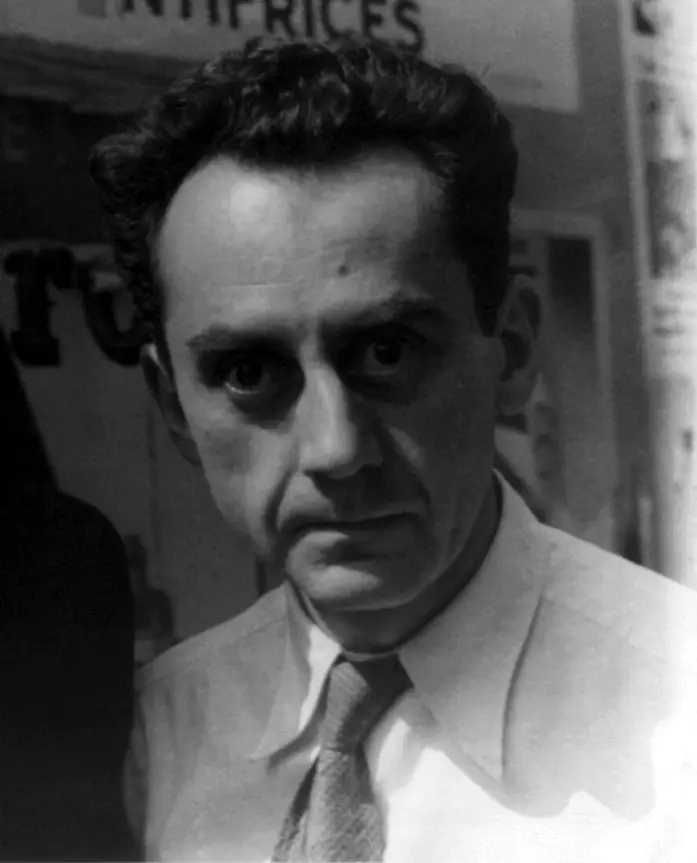
Legacy:
Man Ray was a leading figure in the Dada and Surrealist movements, pioneering experimental photographic techniques such as solarization and photograms (which he called “rayographs”). His innovative approach blurred the line between photography and fine art, influencing generations of photographers and artists. His avant-garde imagery remains some of the most recognizable in modern art.
Most Famous Photo:
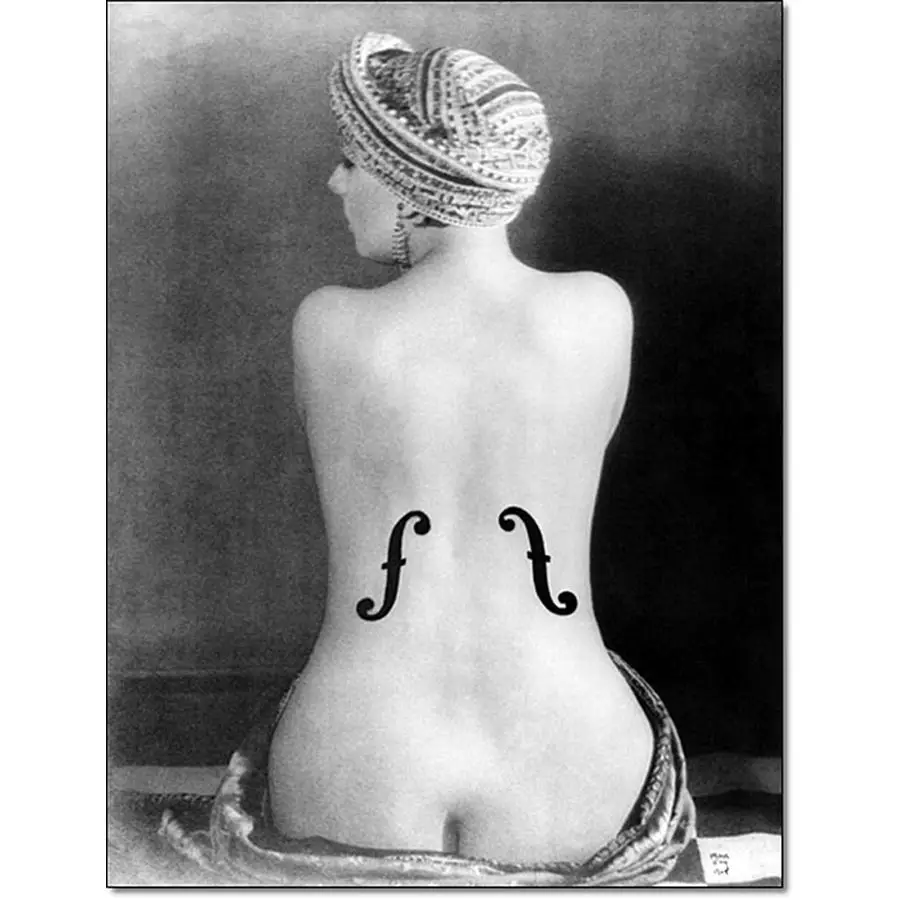
Le Violon d’Ingres (1924) – A surreal image of a woman’s back modified to resemble a violin, merging classical art with photography.
10. Helmut Newton (1920-2004)

Legacy:
Helmut Newton was a provocative fashion photographer known for his bold, often controversial imagery. His work, which appeared in Vogue, Harper’s Bazaar, and Playboy, redefined fashion photography with its blend of glamour, eroticism, and mystery. His distinctive black-and-white style continues to inspire photographers today.
Most Famous Photo:

Le Smoking (1975) – A striking image of a woman in a Yves Saint Laurent tuxedo, challenging gender norms in fashion photography.
Conclusion
The photographers featured in this list have shaped the evolution of photography in profound ways. Through innovation, artistry, and courage, they have captured moments that define history and culture. Their groundbreaking techniques continue to inspire generations of photographers, ensuring their legacies endure. Whether through documentary, portrait, fashion, or fine art photography, their images remain timeless testaments to the power of visual storytelling.

